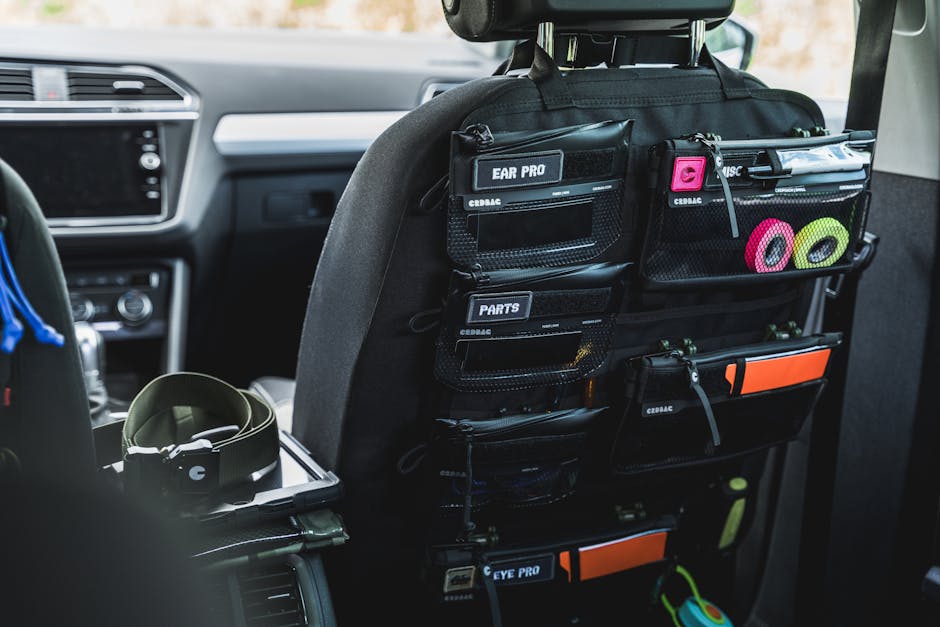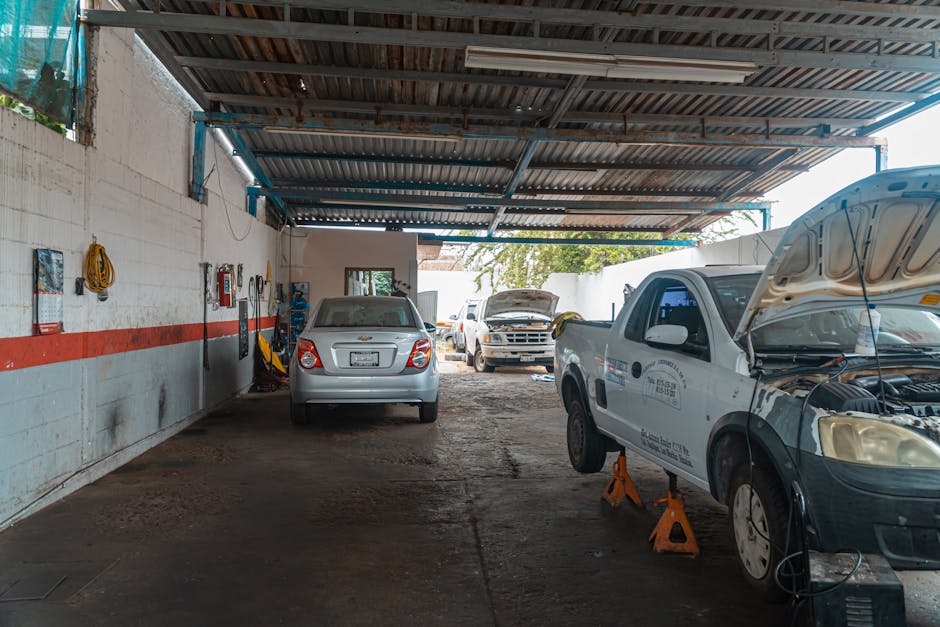Best Practices for Safe Car Storage
Did you know that improperly storing your car can lead to costly repairs? Whether you’re parking your vehicle for a few weeks or several months, it’s crucial to keep it safe and sound. In this guide, well explore the best practices for car storage that will help you avoid damage and keep your vehicle in top shape.
Why Is Safe Car Storage Important?

Cars are significant investments, often costing thousands of dollars. Proper storage can protect that investment from environmental damage, theft, and mechanical issues. With the right approach, you can ensure your car remains in excellent condition, ready to drive whenever you need it.
What Should You Do Before Storing Your Car?

Before you put your car away, take a few essential steps. Heres what you should do:
- Clean your car thoroughly: Dirt and grime can lead to rust and other issues.
- Change the oil: Old oil can contain contaminants that harm your engine.
- Fill the gas tank: A full tank prevents moisture from building up inside.
- Check fluids: Make sure coolant, brake fluid, and transmission fluid are topped off.
By preparing your vehicle well, you set the stage for safe storage.
Where Is the Best Place to Store Your Car?

The location of your car storage matters a lot. Here are some options:
- Garage: The best choice for protection against the elements.
- Carport: Offers some shelter, but your car might still be exposed to rain and sun.
- Outdoor parking: If you have no other option, use a car cover to protect against the weather.
A garage is ideal, but if that’s not available, choose the best option you have.
How Can You Protect Your Car From the Elements?

Weather can be harsh on your vehicle. To shield it from rain, snow, and sun, consider the following:
- Use a car cover: This protects against dust, dirt, and UV rays.
- Keep windows slightly cracked: This helps prevent moisture buildup inside.
- Choose a shaded area: If parking outdoors, find a spot that has some shade.
These simple steps can keep your car looking new for longer.
What About Battery Care During Storage?
A dead battery is a common problem for stored cars. Heres how to keep it alive:
- Disconnect the battery: This prevents it from draining.
- Use a trickle charger: This keeps the battery charged without overloading it.
- Check battery health: Make sure the battery is in good condition before storing.
By taking care of your battery, you avoid the hassle of a jump start later.
How Do You Prevent Pests from Damaging Your Car?
Pests can take a toll on your vehicle, especially if it’s stored for an extended period. Heres how to keep them at bay:
- Keep the area clean: Remove any food or debris that might attract critters.
- Use deterrents: Consider using peppermint oil or commercial repellents.
- Close all openings: Make sure windows are up and doors are sealed tight.
Taking these precautions will help you avoid unwelcome surprises when you return to your car.
What Should You Remember for Long-Term Storage?
If you’re storing your car for several months or longer, keep these long-term storage tips in mind:
- Change the tires: Inflate them properly or use jack stands to prevent flat spots.
- Use a fuel stabilizer: This prevents fuel from breaking down during long storage.
- Check periodically: If possible, start the car and let it run for a few minutes every month.
These steps will help keep your car in excellent shape, even during long periods of inactivity.
What Common Mistakes Should You Avoid?
Storing a car might seem simple, but there are several common mistakes people make. Here are a few to watch out for:
- Ignoring the battery: A dead battery can ruin your plans.
- Neglecting to clean: Leaving dirt on your car can lead to corrosion.
- Overlooking insurance: Ensure your insurance is active, even during storage.
Avoiding these errors can save you a lot of trouble down the road.
How Often Should You Check on Your Car?
If your car is in storage, checking on it regularly is essential. Aim for:
- Monthly visits: Make sure everything is in order, especially the battery and fluids.
- Quarterly inspections: Check for any signs of pests or leaks.
Regular check-ups can ensure your car remains in great condition.
What Are the Final Takeaways for Safe Car Storage?
Safe car storage doesnt have to be complicated. Just remember these key points:
- Prepare your car properly before storage.
- Choose the right location for storage.
- Protect your car from weather and pests.
- Check on your car regularly, especially for long-term storage.
By following these practices, you can keep your car safe and ready to hit the road when you are.
For more tips on car maintenance, check out our post on caring for your vehicle.
If you have any questions or need more information, feel free to contact us! Happy driving!



